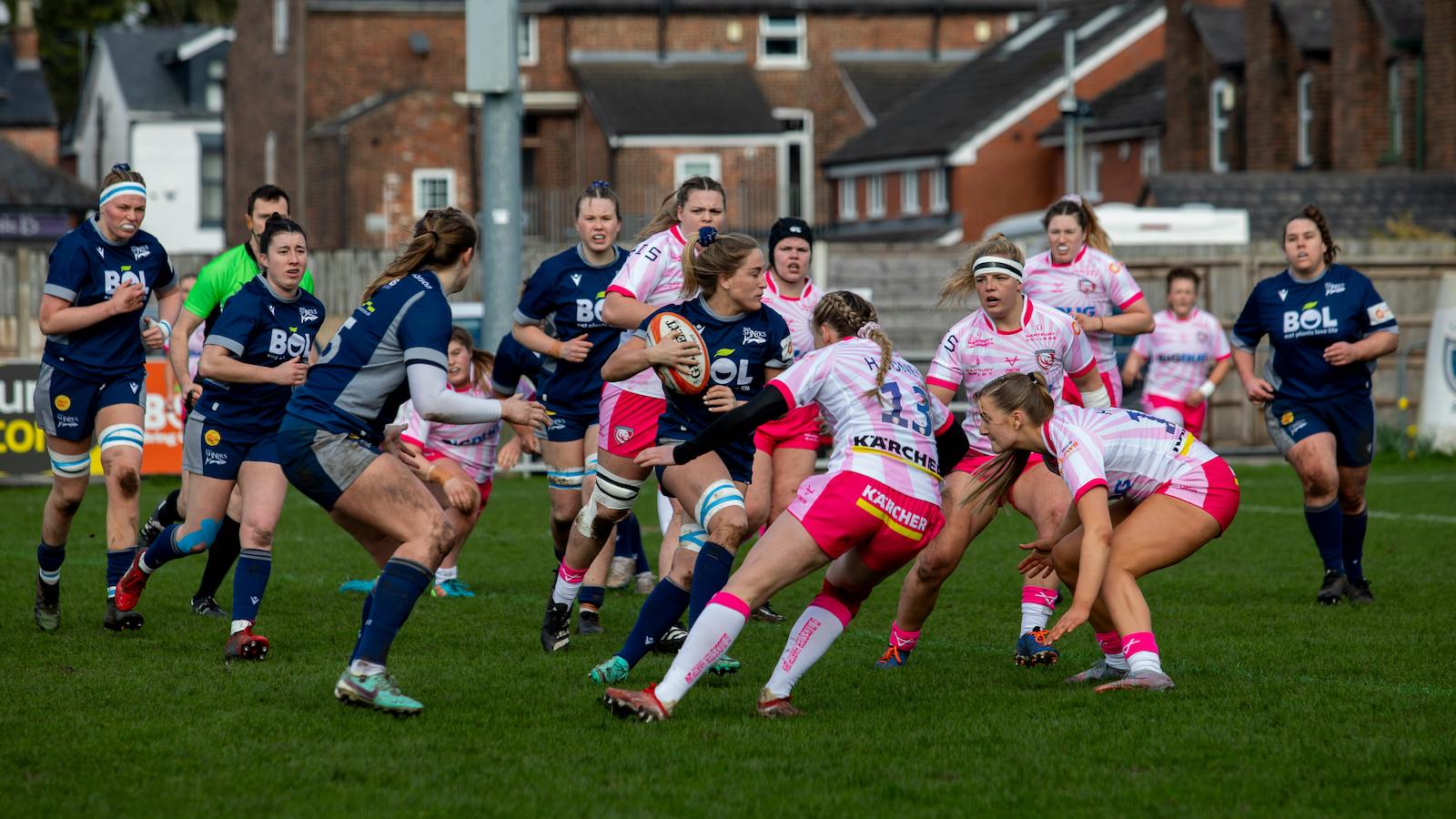Whether the sport is football, soccer, basketball or even eSports, all have one thing in common — they require insurance.
While policies for participants need to be considered separately from the policies for the teams and the leagues, in the end, nearly every aspect of sport is insurable. Some policies are straightforward. Some policies are unique to sports. And some policies are becoming harder to find.
Business of Sports
While the on-field activities get most of the attention, an army of professionals works behind the scenes to conduct the business of sports. All of those business tasks must be insured as they would be for any other business.
These policies begin with the team’s general liability and umbrella policies. These cover the team if someone gets hurt on team property, at a game or during an event.
One high-profile case came up earlier this year when a New England Patriots fan died in the stands after getting punched by an opposing team’s fan.
It looks like the initial autopsy is showing that the punch was not what caused the death. But say it did. In a case like this, it is easy to imagine the stadium being on the hook for a lawsuit. Lawyers would almost certainly claim that the venue didn’t provide enough security or oversight, or that one of the people involved in the fight was overserved alcohol.
The general liability policy would likely pay up to defend the case and potentially pay any eventual settlement or judgment.
The front office also has to buy the other policies any other business would, such as health insurance for the coaches and business staff, (but typically not the players). The same goes for workers' compensation.
Teams and venues also carry property insurance in case something like a hurricane rips the roof of a stadium.
And in that case, the team’s business interruption insurance would kick in and help the team relocate and help them find another venue to play in while the home venue is being repaired. Insurance might also cover the inevitable loss of income between what could be earned at a home stadium and the adopted home.
Post-COVID, these business interruption policies typically have exclusions for infectious diseases.
Players' Health Insurance
On the players' side, the health insurance policies tend to be collectively bargained, so the players have a separate policy from the rest of the organization. Every player in the league would have the same health insurance, and when they change teams, they stay under the same program.
Workers’ compensation is also complicated for players. Because they are technically working when they are playing, there needs to be a policy in case they are injured on the job. There are very few workers’ compensation policies willing to take on the risk of player injury, meaning, in most leagues, the policy is negotiated and purchased leaguewide.
Players’ Salary Insurance
One of the policies that is perhaps unique to sports centers on players’ salaries.
Each league approaches these policies differently based on their collective bargaining agreements.
For example, in the NBA and NHL, player contracts are guaranteed. If a player sustains a career-ending injury a week after signing a 10-year contract, the player is still paid a full salary for the duration of the contract.
In these cases, teams can get disability policies for players. They come with big deductibles and really only cover the team in the event of a season- or career-ending injury. They are also expensive, so teams don’t insure everyone on their payroll — just the top players.
The NFL is a little different because their collective bargaining agreement lets teams cut players before the end of their contract. Many contracts have a certain portion guaranteed, but outside of that, if a team cuts someone a year into a five-year contract, the remaining four years don’t have to be paid out.
Subsequently, not many NFL teams insure contracts outside of unusually large guarantees or signing bonuses.
Specialized Disability Insurance
When it comes to specialized cases, there are disability policies covering an athlete’s dominant arm or legs, for example.
These policies are typically custom-written by large insurance syndicates.
The cost and availability for these specialized policies really depend on the athlete, their income, their sport and any pre-existing conditions and inherent risks they face, said Mark Di Perno, president of Sportunderwriters.com.
Players can also protect themselves from off-field injuries through so-called 24-hour disability policies. These would protect the athlete if they were injured outside a sporting event, such as during a ski trip.
In sports such as the NFL, individual athletes often purchase policies to protect themselves in case they are hurt and their team cuts them rather than paying out the remainder of their contract.
Women-Focused Coverage
Women playing professional sports face a unique set of challenges, which at least one insurer has developed a policy to address.
Willis Towers Watson has introduced their women in sports coverage, which evolved from the existing professional sports policies but was tailored to meet the demands and needs of women.
These policies offer additional benefits, including for pregnancy complications that stem from an accident due to training or playing, as well as a post-partum benefit to aid the player in returning to their profession, said Tiffany Peña Santos, senior associate, accident and health broker for WTW.
The women-focused plans also include mental health support, including post- and pre-natal depression, and a benefit that helps women retrain in another field of work if they have a career-ending injury.
The polices even offer assistance with childcare expenses.
“We can’t forget the fact that there is a large pay gap in the sports industry,” Peña Santos said. “Elite male footballers, for example, would be unlikely to have childcare bursary included in their insurance policies, whereas elite female footballers may need this to get back on the pitch.”
2024 and beyond
The hottest issue facing sports insurance right now seems to be head injuries.
There have been thousands of lawsuits filed regarding concussions and traumatic brain injuries in nearly every contact sport.
In the highest-profile case to date, the NFL settled a class action lawsuit for more than $1 billion in 2013, which many in the industry believe marks more of a harbinger of things to come than it does the end of an issue.
Subsequently, many insurers are either not quoting policies or they are including a traumatic brain injury exclusion or coverage limitation.
There are still a handful of policies available with exposure to head injuries, but many experts have wondered out loud whether the industry can sustain the long tail of claims coming from these costly payouts. And without insurance for head injuries, many wonder what the future for contact sports could hold.








